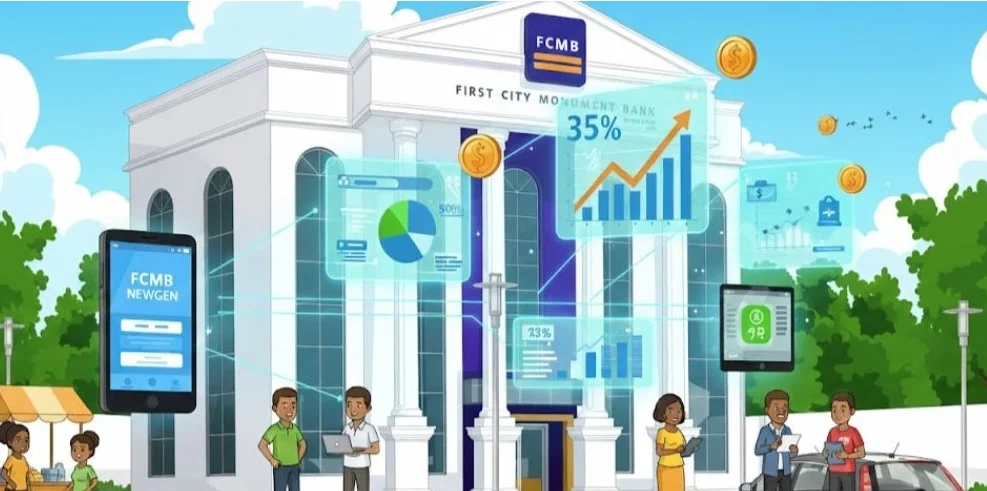Gartner, a leading research and advisory firm, has outlined its top 10 strategic technology trends for 2025. These trends highlight the technologies that will shape the future of business, innovation, and digital transformation. As organizations strive to stay competitive and relevant, these emerging trends provide insight into where technological investments will likely yield the most value. Here’s a breakdown of the key trends to watch in 2025:
1. Generative AI and Large Language Models (LLMs)
Generative AI, powered by large language models (LLMs) like GPT-4 and beyond, will continue to evolve, bringing a transformative impact on industries. By 2025, organizations will leverage generative AI to automate creative processes, enhance data analysis, and accelerate product development. The ability to generate content, code, and insights from minimal input will drive efficiencies across business functions, from marketing to software engineering.
2. AI-Driven Automation and Hyperautomation
AI-driven automation will become a cornerstone of business operations in 2025. Hyperautomation, the use of advanced technologies like AI, machine learning, and robotic process automation (RPA) to automate complex business processes, will gain mainstream adoption. This trend will allow businesses to streamline operations, reduce costs, and enhance decision-making processes by leveraging real-time data.
3. Digital Twins and Virtual Environments
The use of digital twins, or virtual replicas of physical systems, will expand across industries. In 2025, digital twins will enable organizations to monitor, simulate, and optimize everything from manufacturing processes to supply chain management. Virtual environments will play a critical role in training, simulation, and testing, especially in sectors like healthcare, automotive, and manufacturing.
4. Edge Computing and Autonomous Systems
Edge computing will become increasingly important as more data is processed closer to the source, reducing latency and improving performance. In 2025, edge computing will empower autonomous systems—ranging from self-driving vehicles to robotic manufacturing systems. This combination will facilitate real-time decision-making in dynamic environments, making industries more agile and responsive.
5. Quantum Computing for Complex Problem Solving
Quantum computing is set to revolutionize industries that rely on complex problem-solving, such as pharmaceuticals, finance, and logistics. By 2025, organizations will begin utilizing quantum computing to solve problems that are beyond the reach of classical computing, such as optimizing supply chains, accelerating drug discovery, and enhancing encryption protocols. Though still in early stages, its potential will be more apparent by 2025.
6. Blockchain and Decentralized Technologies
Blockchain technology will continue to mature beyond cryptocurrencies, playing a key role in decentralizing data management and increasing transparency across industries. In 2025, we will see broader adoption of blockchain for applications like supply chain transparency, secure voting systems, and digital identity management. Blockchain will be a foundational technology for digital trust and decentralized finance.
7. Metaverse and Immersive Experiences
The metaverse, a collective virtual shared space, will continue to evolve, combining augmented reality (AR), virtual reality (VR), and blockchain to create immersive digital experiences. By 2025, businesses will leverage the metaverse for training, collaboration, and customer engagement, especially in sectors like gaming, retail, and education. Virtual reality tools will also become more widely adopted for remote work and entertainment.
8. Sustainability and Green Technologies
In 2025, sustainability will be at the forefront of technological innovation. Companies will increasingly use green technologies to reduce their carbon footprints and meet global sustainability targets. This includes the use of renewable energy sources, carbon capture technologies, and sustainable supply chain practices. The push for sustainability will also drive innovation in sectors such as energy, transportation, and agriculture.
9. Cybersecurity Mesh and Privacy-Enhancing Computation
As cyber threats continue to evolve, organizations will need to adapt with more sophisticated cybersecurity frameworks. The cybersecurity mesh, an integrated approach that secures data across distributed IT infrastructures, will gain traction by 2025. Additionally, privacy-enhancing computation will become a key priority, allowing businesses to analyze and process sensitive data without compromising privacy.
10. AI-Enabled Augmented Reality (AR) and Virtual Reality (VR)
AI will play a pivotal role in enhancing AR and VR experiences. In 2025, these technologies will combine to offer immersive and interactive experiences in fields such as retail, healthcare, and entertainment. For example, AI-powered AR apps will provide real-time, personalized product recommendations or assist in remote surgery by overlaying crucial data in real time.
Conclusion: Shaping the Future of Technology
As we look toward 2025, these 10 strategic technology trends will reshape industries, influence business strategies, and drive innovation. Organizations that embrace these technologies will gain a competitive edge by streamlining operations, enhancing user experiences, and opening new opportunities for growth. While some of these technologies are already in development, others are still in their infancy—making now the ideal time for companies to start exploring their potential impact and invest in the technologies of tomorrow.












